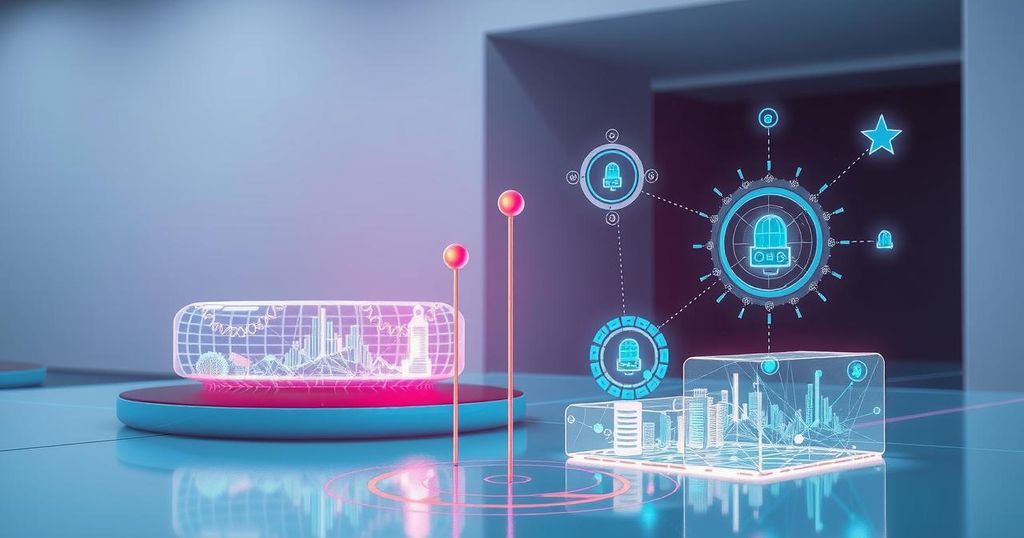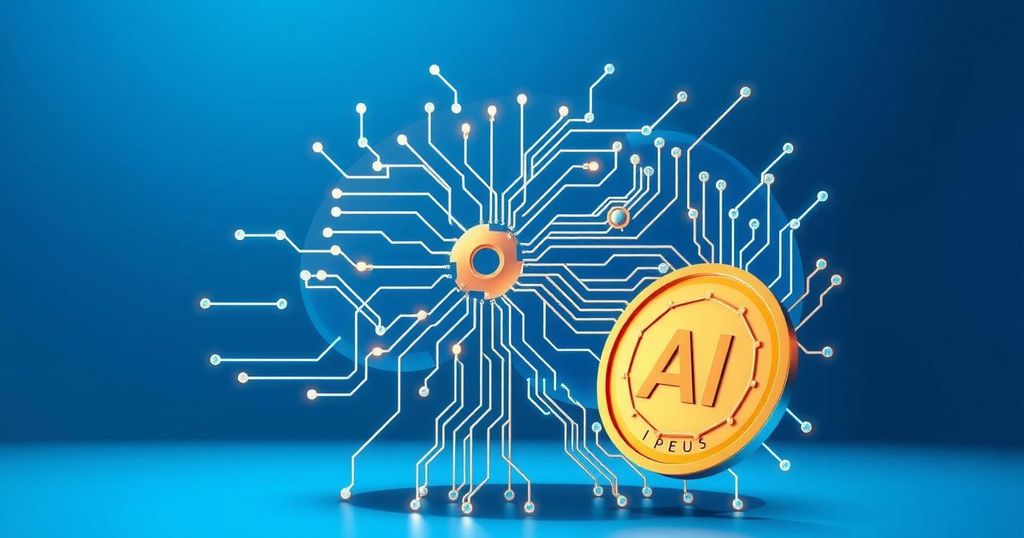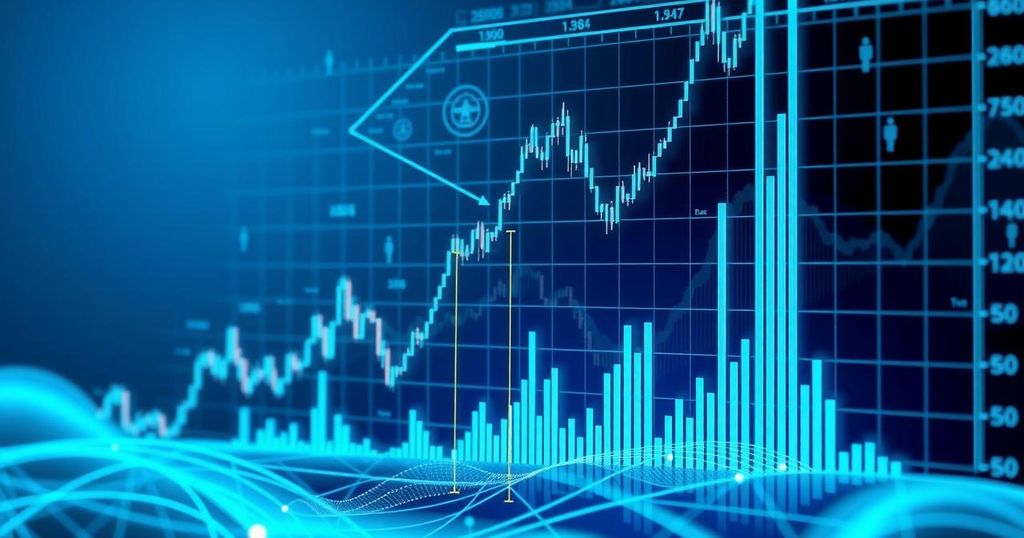Emerging Technology Trends for 2025: AI and Gen Z’s Impact on Innovation
The technology trends in 2025 feature the rise of generative AI and the influence of Gen Z, focusing on sustainability and consumer behavior. The landscape is evolving toward human security, smart home integration, and innovative entertainment experiences. Industry leaders foresee significant growth and transformation in how technology is utilized in everyday life.
As we embrace 2025, generative AI and the influence of Generation Z are propelling the technology landscape forward. AI’s growth is becoming the heart of consumer behavior, revolutionizing business operations. The focus on human security, smart homes, and sustainable solutions is vital in addressing significant global challenges, signaling a transformation in how technology integrates into our lives.
In the bustling realm of technology during 2024, generative AI not only made headlines but ignited a flurry of innovations. Amidst the excitement, the industry confronted a slew of layoffs, termed the “Great Tech Reset,” yet optimism remains high for the future. “Innovation is tangible. We can touch it and feel it. We know it when we see it,” shared Brian Comiskey, senior director at the Consumer Technology Association, highlighting our innate drive to adapt through technology in challenging times.
Embracing the technological pulse of Gen Z, who embraces sustainability in their purchasing decisions, marks a significant shift. Their digital fluency, rooted in a lifetime of smartphones, shapes distinct consumer patterns. Comiskey notes, “To understand how technology changes, we first have to understand the people behind technology. Political, economic and sociocultural shifts certainly impact tech adoption and use.” This insight underscores the generation’s dual engagement in sustainability and fast fashion, leading to a noticeable value-action gap.
The astonishing growth of AI is evident, with the market projected to soar from $7 billion in 2024 to an expected $30 billion by the decade’s end. With over half of U.S. consumers utilizing generative AI, the likelihood of purchases increases by 40%. Comiskey emphasized, “AI will remain a key trend at CES this year. It’s going to be about how does (AI) increase productivity?” Furthermore, emerging companies are integrating AI into everyday tasks, making technology smarter and more responsive.
Human security—a concept encompassing rights related to the environment, health, and resources—demands innovation. Comiskey notes technology’s capability to tackle global issues like energy transition and food security. Notable advancements include embedded energy systems by Eaton and mechanized agriculture solutions from Kubota, highlighting how tech can address society’s pressing challenges.
As we return to the sanctuary of our homes, technology’s role in facilitating comfort becomes evident. TVs, once mere entertainment devices, are evolving into smart home command centers. “Smart home hubs will further health integration,” Comiskey stated, indicating a shift towards personalization and sustainability in household technology. The rise of AI-integrated TVs aligns with this trend, enabling users to navigate their environments with ease and even shop directly through their screens.
The landscape of entertainment is shifting too, with viewers craving interactive experiences. Amid growing interest in live services, platforms like Netflix lead the charge, while video games like Marvel Rivals set trends. As we navigate this exciting decade of intelligence, Comiskey anticipates that the upcoming 2030s will usher in a new quantum era, blending technology and creativity in unprecedented ways.
In summary, technology in 2025 is being shaped by generative AI and the values of Generation Z. The focus on human security and smart home integration highlights a shift towards sustainability. As the landscape evolves, we can expect a surge in innovative consumer technologies that cater to a growing demand for personalization and comfort, transforming our living spaces and interactions well into the future.
Original Source: www.ksl.com




Post Comment